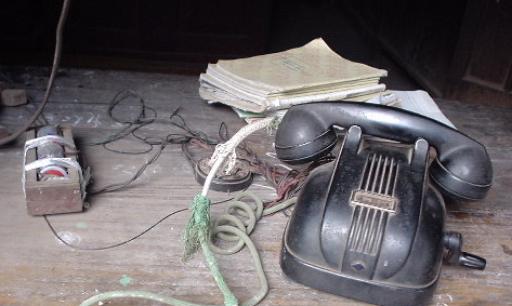
Recently Rated:
Stats
Work interests: science communication
Affiliation/website:
Preferred contact method: Reply to post in blog/forum/group
Preferred contact language(s):
Contact:
Favourite publications:
Category: IT toolkit
A large and curated collection of AI tools for many purposes:
"FutureTools collects & organizes all the best AI tools so YOU too can become superhuman!"
The AI tools are enthusiastically introduced using YouTube tutorials.
Various terms refer to similar things: broadband speed, internet speed, internet connection speed, and so on.
How to check your internet speed (article):
https://au.pcmag.com/how-to/28954/how-to-check-your-internet-speed
Ookla Speed Test (International) for download speed, upload speed, jitter, and ping response time:
Recently the museum where I work recently held an exhibition called "UNIVERSAL MUSEUM" (National Museum of Ethnology, Japan). Th exhibition emphasized the role of touch as a sense that can be used and enjoyed by all people, not just people with sight disabilities.
The Internet, like most museums, depends mainly on visual representation. Nevertheless, IT designers have developed many ways to make the internet more accessible for all people - working towards a universal internet that of course will never be completely universal (just as I wish for a rewilding of the world, with the " Half-Earth Project " for example, I would like at least half of my life to be Internet-free!).
For example there are now many ways to convert text to speech. Here are three examples.
DeepL - a high-quality online translation tool, for many language pairs, that can read aloud both the source text and the translation.
ReadAloud - a text to speech (TTS) service that supports 40+ languages, and multiple kinds of voice. It works on many kinds of website and document, including university course materials. For example, it can read PDFs, Google Docs, and various online book formats.
TTS Reader - This supports plain text, pdf & epub (ebooks) files, and auto saves between sessions, so we can stop and continue any time. It claims to use natural-sounding voices, which is nice.
Personally, I am most interested in using TTS to read back my own written drafts when I am writing papers. Having an always-available reader and speaker to help with writing, revision and proofreading will be useful.
I have been using the Dropbox cloud online service for some years, and have been very happy with it most of the time.
As a Mac user, I had some early issues with file labels, but recently, this has not been a problem.
If members of our network would like, they can support me, as Admin (and thus the Research Cooperative) by using the following code when joining Dropbox:
Thanks, Peter (Admin)
It can be useful to know where an email is coming from, or where the server for a website is located.
If you can find the IP address (usually easy to do with most email and services and internet browsers, then you can find the nearest source of the message or page you are looking at. This can sometimes help you decide whether the message or page is reliable, legal or genuine (even if it is a nuisance), or an actual fraud or scam.
This is one way of learning more, for example, about an academic journal that you think might be a scam or "predatory online journal".
Here is one Malayasia-based service I am testing: IP2location
Neustar is a US-based and global company that gives useful background information, mainly directed at helping companies that conduct online transactions. Geolocation is one of the tools used.
How many different file formats exist for digital information?
It is a jungle out there. Some formats are extinct, many are alive, and many are evolving.
The Library of Congress Digital Formats website has a comprehensive catalogue with descriptions of old and new file formats. The information is provided to help librarians and archivists manage digital collections. Look for their Format Descriptions tab.
User Interface (UI) advice - see learnui.design, e.g.
https://learnui.design/tools/data-color-picker.html#palette
w3schools.com - html tutorials, css coding, colour codes, etc.
Everything needed (except our time) for building or redesigning a website
Digital Colour Meters - These measure the colour we can see on any selected area or point on your screen, and then give us the html code value that specifies the selected colour. One of these is provided as part of MacOS (see https://support.apple.com/guide/digital-color-meter/welcome/mac ). Colourzilla has Firefox and Chrome Browser extenstions that do similar things on any computer (see https://www.colorzilla.com/ ).
These should be very useful for website colour design. I can also imagine using a digital colour meter to objectively measure colour and tone differences in a series of photographs for scientific measurement of anything that has been photographed in a standardised way. Or it could be used to match the colour of digitalised slide photo with the colour of the same object photographed with a digital camera, or to adjust photos that have a standard colour chart included in the photos.
